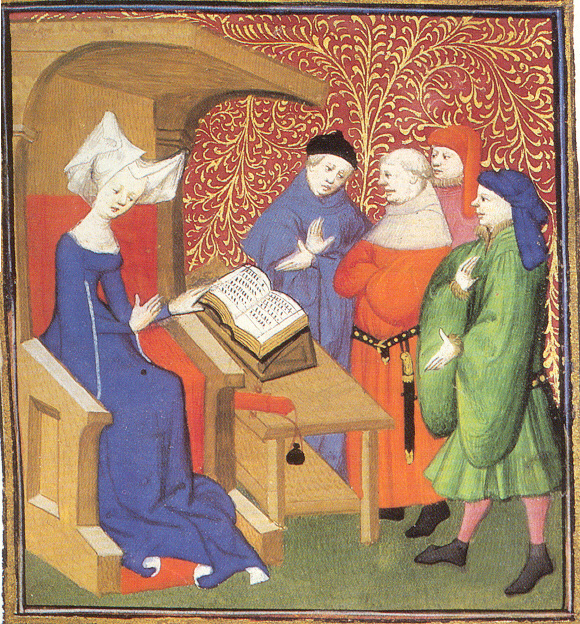During the pre-Reformation era of the 16th century, the Roman Catholic Church was showing significant signs of disorder among its clergy. Critics of the church commonly centered their attacks on 3 specific issues:
clerical immorality, clerical ignorance, and clerical pluralism. While priests are usually regarded as chaste, intelligent, and holy individuals, the clergy we see at this time certainly failed to fit that profile.
The nature and the actions of the religious during the 16th century substantially damaged the authority and the prestige of the Catholic Church. One could say that the educated laity did not enjoy listening to empty sermons and Latin phrases that the priest himself did not understand. Rather than sprucing up their knowledge of the Gospels in their spare time, clergymen neglected the rules of celibacy, gambled, drank, and indulged in fancy dress. Priests would abandon their "
multiple" responsibilities in the "
multiple" offices they held, and would even hire a poor replacement priest to accept their responsibilities at an embarrassingly low cost. The Reformation came to be once courageous people like Martin Luther realized that the affluent lives of Catholic clergymen starkly contrasted the modest lives of Christ's disciples.
One could argue that the changes in the church were as a result of the Renaissance occurring at the time. A main hallmark of the Renaissance was
secularism, a basic concern with the material world instead of with the eternal world of spirit. The disorderly conduct of the clergymen only confirms the secularist approach the Church was taking. This newfound materialism, as a direct result of the Renaissance, was a major factor for the decline of church prestige and the need for reform.



